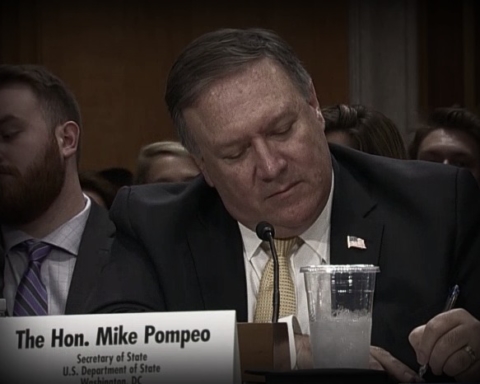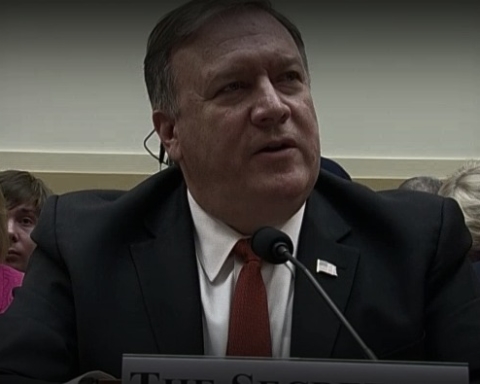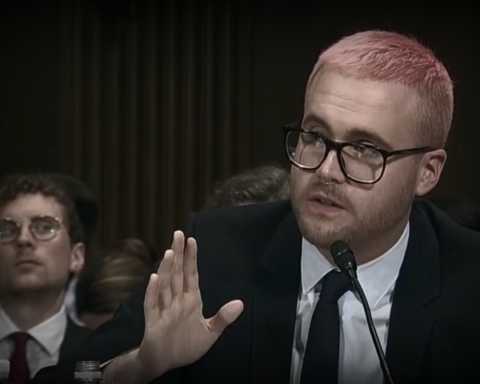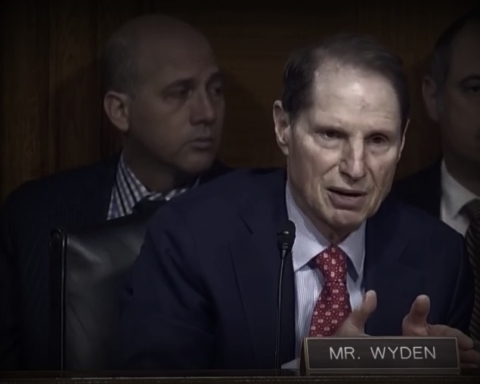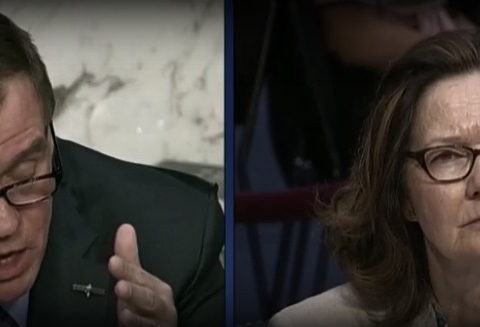The Justice Department said that it will attempt to cease its use of for-profit prisons, in the wake of a scathing inspector general investigation that found privately-run detention centers are more dangerous and inefficiently run than public sector counterparts.
Deputy Attorney General Sally Yates revealed the move on Thursday in a directive ordering department officials to either let corporate prisons’ contracts expire or to “substantially reduce” reliance on their services.
The purpose of the initiative is “reducing—and ultimately ending—our use of privately operated prisons,” Yates said, according to The Washington Post. There are currently 13 privately-run federal correctional institutions under the Justice Department.
“The fact of the matter is that private prisons don’t compare favorably to Bureau of Prisons (BOP) facilities in terms of safety or security or services, and now with the decline in the federal prison population, we have both the opportunity and the responsibility to do something about that,” Yates told the paper.
She said that DOJ officials had been discussing for months how to end reliance on the facilities. Scrutiny of private prisons has increased this year in the wake of exposes published by Mother Jones and The Nation magazines, the Post noted.
The move to end department use of for-profit prisons already began, Yates said in her memo, when the Bureau of Prisons decided against renewing a contract for a 1,200-bed private facility in New Mexico.
She predicted that by May 1, 2017, the population throughout privately-operated federal facilities would be less than 14,200. She also said for-profit prison contracts would all be subject to renewal within the next five years.
“We have to be realistic about the time it will take, but that really depends on the continuing decline of the federal prison population, and that’s really hard to accurately predict,” Yates added.
The federal private prison population reached a fulcrum in 2013, after for-profit prisons were first established by the Justice Department under the George W. Bush administration. Yates said it started to diminish due to a push to adjust sentencing guidelines and relative leniency for minor drug offenders.
She also described for-profit prisons as having “served an important role during a difficult time period.”
There are currently 22,660 federal inmates at BOP-contracted facilities. The prisons are managed by three companies: the Corrections Corporation of America, GEO Group, Inc. and the Management Training Corporation. The population and their prisons accounts for roughly 12 percent of the total federal prison population.
The Justice Department inspector general report, which was released last week, revealed that BOP outlays on for-profit prisons increased to $639 million in 2014, from $569 million in 2011, despite the decline in population.
According to the findings, “contract prisons” experience higher rates of assaults and use of force by guards. They also experienced more lockdowns, inmate disciplinary actions, and more grievances filed by prisoners against staff.
Earlier this week, The Washington Post also exposed how the Corrections Corporation of America was chosen in 2014 by the Department of Homeland Security—in a secretive no-bid, four-year contract—to run immigration detention facilities for $1 billion.
The family detention centers were opened as part of Secretary Jeh Johnson’s “aggressive deterrence strategy,” amid an uptick in the arrival of asylum-seekers from Central America. The strategy was later effectively declared legal in two separate rulings by federal judges.
Asylum seekers were not held in detention in the US “until two years ago,” the Post noted.
“They instead settled in whatever town they chose, told to eventually appear in court,” the paper said.
The Justice Department’s decision Thursday has no bearing on DHS and Immigration and Customs Enforcement detention facilities.

